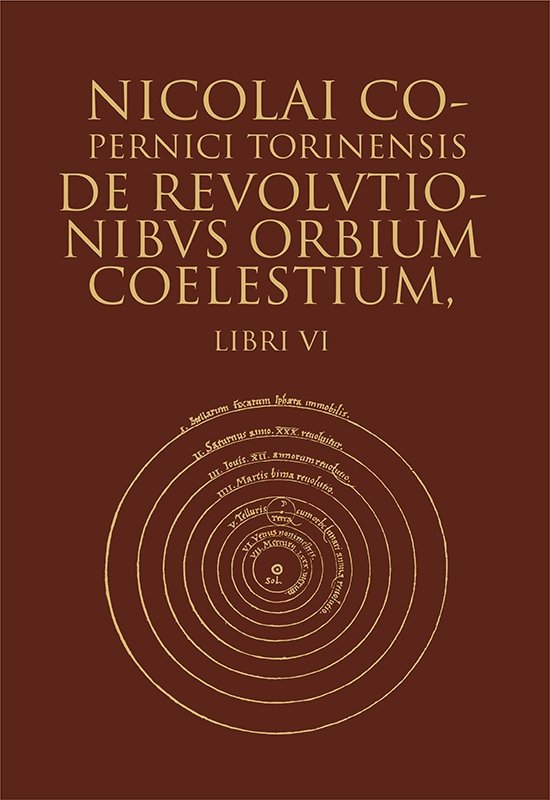Edycja limitowana, dostępna tylko w sprzedaży detalicznej
Kopia pierwszego wydania dzieła Mikołaja Kopernika, De revolutionibus orbium coelestium libri VI. Norimbergae, apud Joh. Petreium, 1543.
Kopia jednego z jedenastu polskich egzemplarzy, znajdująca się w zbiorach Biblioteki Uniwersytetu Mikołaja Kopernika w Toruniu (Poll.6.III.142).
Egzemplarz I edycji De revolutionibus Kopernika trafił do Torunia po II wojnie światowej, w końcu lat 40., razem z partią książek pochodzących z tzw. Nova biblioteka, nazywanej także Biblioteką Zamkową, stanowiącej najstarszy zrąb Biblioteki Państwowej i Uniwersyteckiej w Królewcu, założonej w 1529 roku przez księcia Albrechta Hohenzollerna.
Przypuszcza się, że egzemplarz I edycji De revolutionibus Kopernika trafił z Norymbergi do stolicy Prus Książęcych jako zakup albo dar od kanonika Donnera. Następnie, jeszcze w 1543 roku, został połączony przez książęcego bibliotekarza Polyphema razem z drukami Hyginusa i Ptolemeusza w jeden klocek, który po oprawieniu przez Kaspra Anglera i rejestracji w woluminie IX katalogu topograficznego został włączony do Biblioteki Zamkowej.
Kopię wydrukowano metodą druku cyfrowego na papierze Regina blanc antique 100 g/m2 firmy Antalis.
Limited edition, available only in retail
A copy of the first edition of Nicolaus Copernicus’ De revolutionibus orbium coelestium libri VI. Norimbergae, apud Joh. Petreium, 1543.
One out of eleven Polish copies, archived in Nicolaus Copernicus University Library in Toruń (Poll.6.III.142).
The copy of the first edition of Copernicus’ De revolutionibus was brought to Toruń after World War II, in the late 1940s, together with a batch of books from the so-called Nova Library, also referred to as the Castle Library, which constitutes the oldest structures of the State and University Library in Königsberg, founded in 1529 by Albert, Duke of Prussia.
It is assumed that the copy of the first edition of Copernicus’ De revolutionibus came to the capital of the Duchy of Prussia from Nuremberg as a purchase or gift from Canon Donner. Then, already in 1543, it was joined into one piece together with prints of Hyginus and Ptolemy by Polyphemus, the ducal librarian. Once bound by Kasper Angler and registered in the volume of the ninth topographical catalogue, it became part of the Castle Library.
The copy was printed using digital printing technique on Regina blanc antique 100 g/m2 paper by Antalis.













